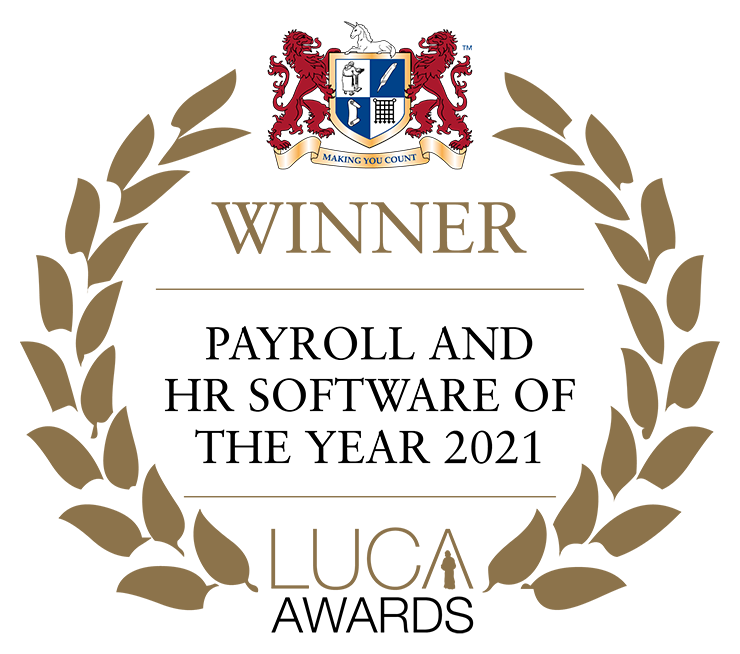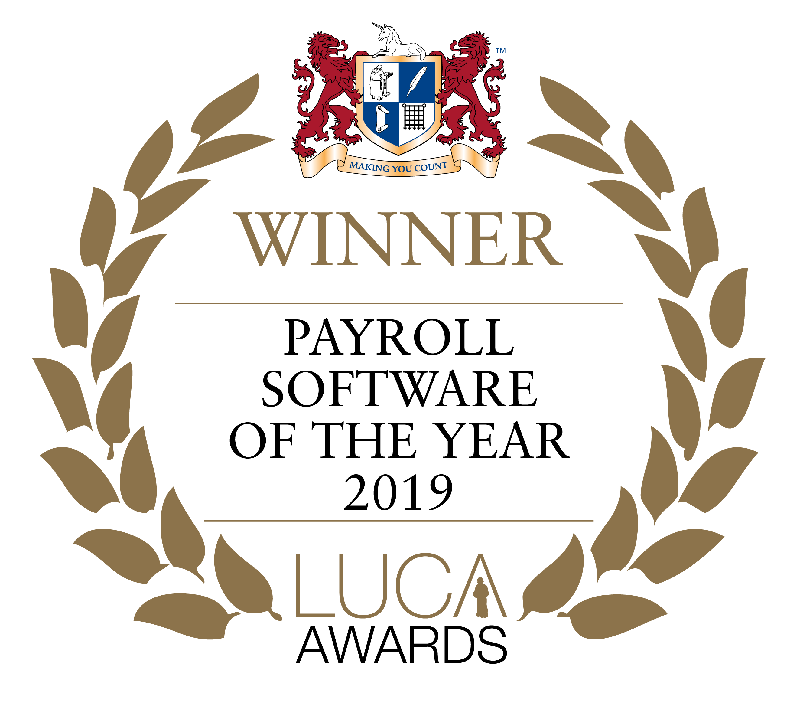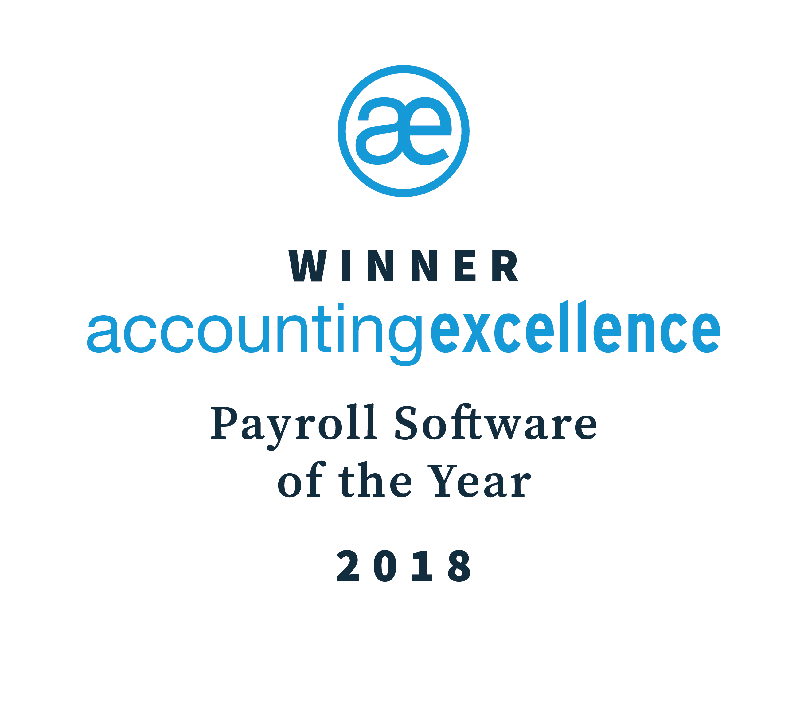What is CIS?
Under the Construction Industry Scheme (CIS), all payments made from contractors to subcontractors must take account of the subcontractor’s tax status as determined by HMRC. The contractor may be required to make a deduction from a subcontractor’s payment, which they then pay to HMRC. The deductions count as advance payments towards the subcontractor’s tax and National Insurance.
The scheme covers all types of businesses and other concerns that work in the construction industry, including companies, partnerships and self-employed individuals. Under the scheme, the terms ‘contractor’ and ‘subcontractor’ have special meanings that cover more than is generally referred to as ‘construction’.
- You are considered a contractor if either you pay subcontractors for construction work, or your business doesn’t do construction work but you spend an average of more than £1 million a year on construction in any 3-year period.
- Subcontractors are those who do construction work for a contractor.
HMRC's CIS guide for contractors and subcontractors explains what is and isn’t covered by the scheme, the guide can be found here.
BrightPay include a full CIS module in all licences at no extra cost. BrightPay caters for all subcontractor types, including companies, trusts, sole traders and partnerships. Payments can be processed on a weekly and/or monthly basis, and subcontractors can be paid a basic gross pay, hourly pay or daily pay.
When all payments for the tax month have been finalised, BrightPay will offer to create a CIS300 monthly return for submitting to HMRC. The CIS300 informs HMRC of the payments made to subcontractors in the tax month.
All contractors must complete and submit the monthly return (CIS300) to HMRC, regardless of whether or not you have actually made payments in the preceding month. This monthly return must contain details of all payments made to all subcontractors, regardless of their tax treatment. The monthly return runs from the 6th of month one to the 5th of month two and must be filed with HMRC by the 19th of month two (or 22nd if payment is being made electronically).
When a contractor engages the services of a subcontractor, the contractor must verify the subcontractor details with HMRC before the contract starts in order to determine the tax treatment of payments to that subcontractor. With BrightPay, you can verify subcontractors with HMRC. Although both weekly and monthly payment runs operate independently of each other, the records are merged for verification requests and monthly returns to HMRC.
All subcontractors paid under deduction must be issued a ‘Payment and Deduction Statement’. BrightPay can create payment and deduction statements for subcontractors. If you are operating a weekly pay frequency with BrightPay, then a statement will be produced for each payment. Similarly, if you are operating a monthly pay frequency, then a monthly payment statement is produced. These statements can be printed, exported to PDF or emailed directly to the subcontractor.
NEW: In order to assist the user in paying their subcontractors, a direct payment facility is available in BrightPay to seamlessly pay subcontractors without the need for bank files. Click here to find out more.
Watch our video below to see how CIS works in BrightPay:
Need assistance with operating CIS in BrightPay? Have a look at our video tutorials or online help guides.











